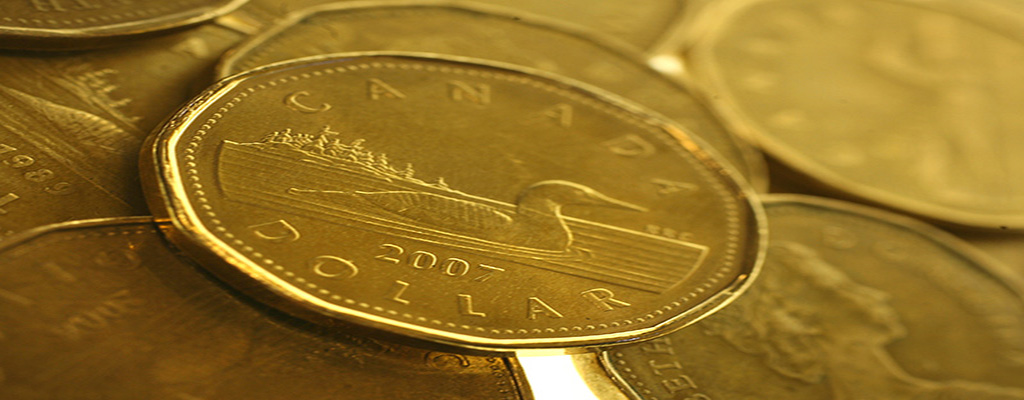– Risk sentiment improves after another Chinese stimulus push
– Weak German data weighs on EUR
– US dollar opens steady but under pressure.
USDCAD: open 1.3510, overnight range 1.3506-1.3542, close 1.3541, WTI $72.19, Gold, $2630.95
The Canadian dollar made a break higher yesterday on the back of dovish comments from a non-voting FOMC member, but the gains were not sustained.
USDCAD fell from 1.3583 to a low of 1.3487 on Monday and then consolidated the move in a 1.3506-1.3542 range overnight. Positive risk sentiment stemming from news of a jumbo monetary stimulus announcement from China was offset to a degree by rapidly rising Middle East tensions.
The Canadian dollar got a bit of a boost from higher oil and other commodity prices. WTI oil climbed from 70.45 to 72.36 overnight on fears of supply disruptions and because of hopes that the Chinese stimulus package increases demand.
Bank of Canada Governor Tiff Macklem is in Toronto for lunch and his speech is titled “Growth and Uncertainty.” Meanwhile Prime Minister Trudeau is in NY for the United Nations General Assembly. He faces a non-confidence motion in parliament today.
Global risk sentiment improved after the PBoC announced a $142.0 billion monetary stimulus package. It included lowering the rate for existing mortgages by 50 bps and reducing the down payment for purchases of second homes to 15% from 25%. The PBoC also cut the Reserve Requirement Ratio (RRR) by 50 bps
EURUSD is drifting in a narrow 1.1103-1.1146 band due to a negative tone from weak economic data. Yesterday’s disappointing PMI figures were followed by a further drop in the German Ifo index. The Business Climate Index declined to 85.4 points in September, down from 86.6 in August, marking the fourth consecutive decline. However, short-term technicals suggest EURUSD is supported above the 1.1100 level.
GBPUSD climbed from 1.3331 to 1.3383, driven by improved risk sentiment and comments from BoE Governor Andrew Bailey, who mentioned that the trajectory for interest rates would move “downwards—gradually.
USDJPY advanced within a range of 143.38-144.68, bolstered by rising U.S. 10-year Treasury yields, which increased from 3.74% to 3.804%. This happened despite somewhat hawkish remarks from BoJ Governor Kazuo Ueda, who indicated that if inflation aligns with their forecasts, a rate hike would be considered appropriate. Japan’s Manufacturing PMI also dipped slightly to 49.6 from 49.8.
AUDUSD experienced volatility around the RBA meeting announcement. The RBA left interest rates unchanged at 4.35%, as expected, and issued a somewhat ambiguous statement. Australian rates are unlikely to drop soon, with the RBA noting that “policy will need to be sufficiently restrictive until the Board is confident that inflation is moving sustainably towards the target range.” The absence of any discussion on rate cuts softened the impact of the statement. However, the announcement of economic stimulus from China is providing support to the currency.
NZDUSD is also benefiting from the Chinese stimulus news, trading near the upper end of its recent range.

